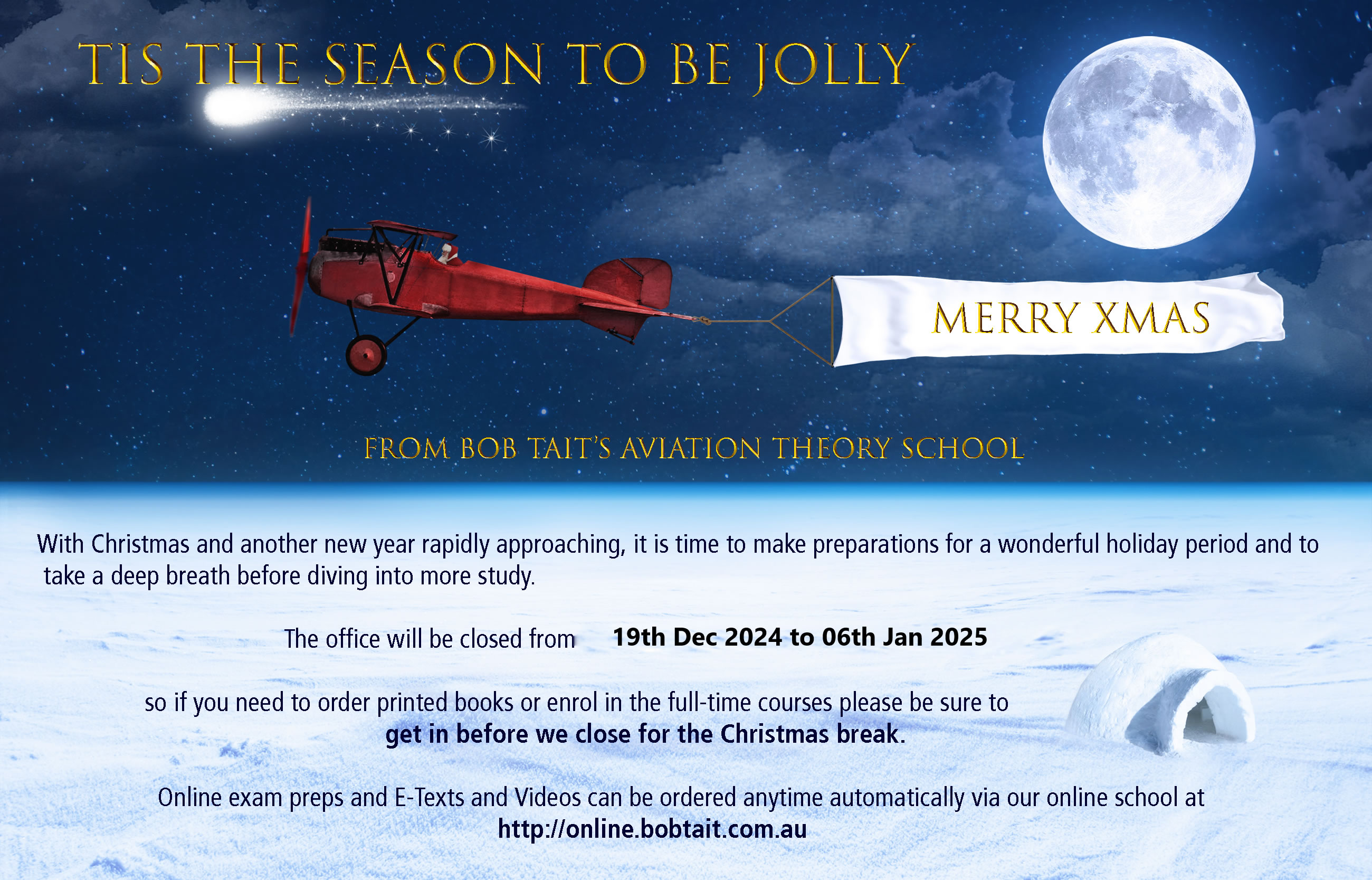First, perhaps consider what sideslip is just looking at the aerodynamics of the animal ... for the fore and aft/wingspan plane, anytime the wind is coming other than from straight ahead onto the nose, the aircraft is experiencing sideslip ie a yawed flight path produces sideslip (or, more simply expressed, a slip). You might see this expressed a little differently if you are reading any engineering texts where we tend to talk about sideslip angle (ie the angle between the incoming wind and the aeroplane fore and aft axis) rather than plain old sideslip. Same, same.
Depending on what bit of paper you might be reading you might be forgiven for thinking there are two sideslip animals in the yard ..
(a) if you are in slipping flight without worrying about any ground-based features, you probably are seeking to increase drag and, as a result, descent rate/angle. Be wary, though, of too much slip .. especially at low speed ... undesired effects may be your reward.
(b) if you are in slipping flight with reference to, and concerned about, track over the ground, you probably are seeking to maintain a desired track, while either increasing drag (as above) to counter an unduly high approach position or countering crosswind drift during an approach to landing. In respect of the latter, one normally doesn't use a slipping approach other than for the last part of the approach into the landing flare .. gets a bit uncomfortable for all on board otherwise ... hence, in general, one tracks the extended centreline with an appropriate drift angle in the initial approach, transitioning into a slipping phase prior to the flare. On lighties, the slipping phase generally is quite short while, for heavy aircraft, it may extend over the final couple of hundred feet, depending on the crosswind, pilot preference and aeroplane limitations (generally frowned on in 4-engined aeroplanes due to the potential for pod ground strike and, for twins, larger landing flap settings may set one up for an outboard flap ground strike).
Are the two considerations different at all so far as the aeroplane might be concerned ? ... not in the slightest ... slip is slip is slip ...
Our American colleagues chose to dignify the latter activity with the local term "forward slip" which, I must say, I had never heard prior to a discussion on PPRuNe a decade or so ago. I suggest that, if the term is coming up in basic flight training in Oz, it is just an adoption of the US terminology .. not suggesting whether that might be good or bad .. just observing. Certainly, I don't recall it in any DCA or other earlier incarnation of CASA documentation.



